Gender Inequality
Women are Hungrier
In countries facing conflict and hunger, women often eat last and least – sacrificing for their families. But empowering women and girls can end hunger for good, and transform whole communities in the process.
In countries facing conflict and hunger, women often eat last and least – sacrificing for their families. But empowering women and girls can end hunger for good, and transform whole communities in the process.
Of the 343 million people who are extremely hungry in the world right now, nearly 60% are women and girls
In nearly two-thirds of countries, women are more likely than men to report food insecurity
The proportion of women with anemia, a diet-related iron deficiency that can cause organ damage if left untreated
Solving Gender Inequality With Food
Women are fighting for
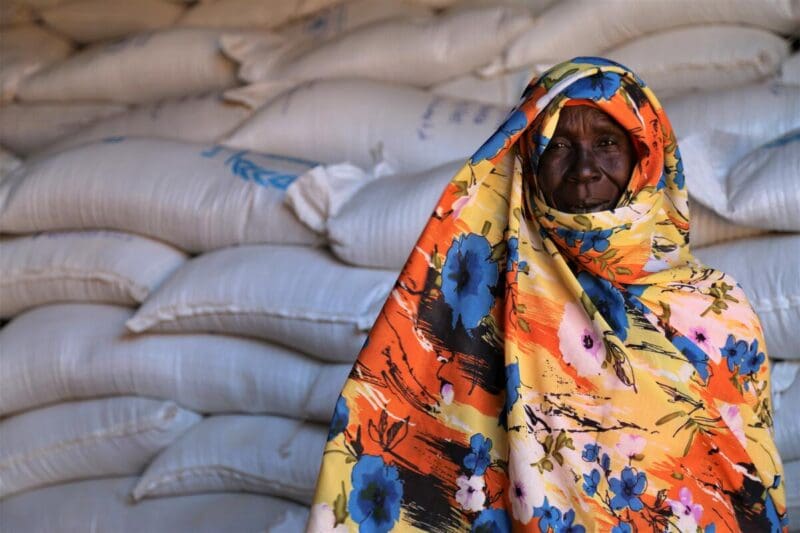
Food Security
Of the 343 million people who are extremely hungry in the world right now, nearly 60% are women and girls. Each cause of unequal treatment reinforces the others, trapping women in a cycle of disadvantage, poverty and hunger. But good nutrition can keep women healthy and help girls stay in school, increasing their economic opportunities.
Photo: WFP/Leni Kinzli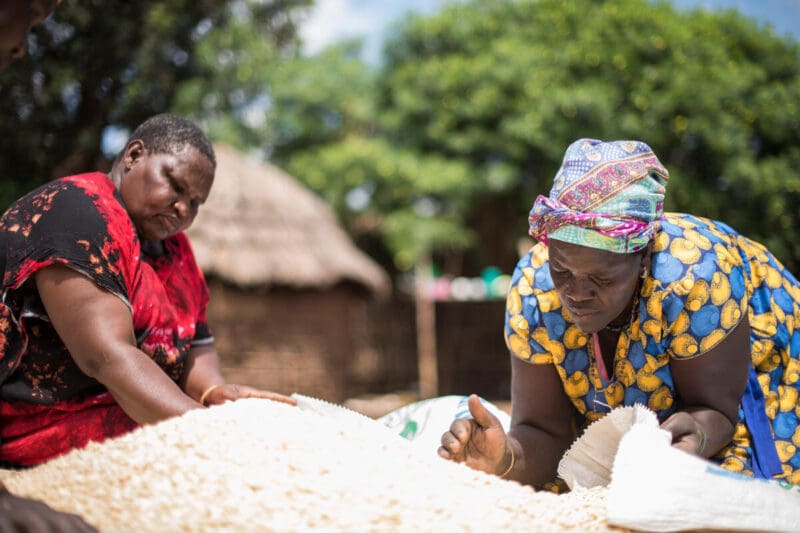
Fair Pay
Women do 2.6 times more unpaid care and domestic work than men do and earn 23% less for paid work. But when they do earn an income, they reinvest 90% of their resources back into their families and communities – jumpstarting a cycle of change that can last generations.
Photo: WFP/Hugh Rutherford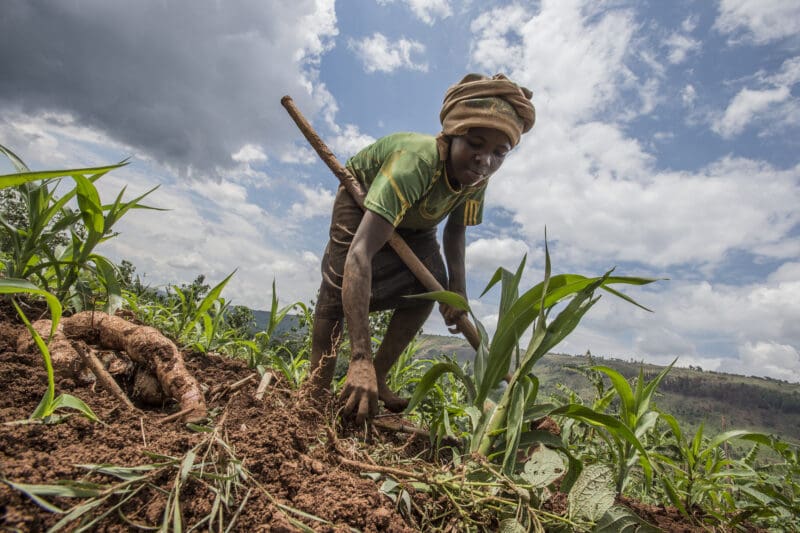
Equal Rights
More than half of the world’s agricultural workers are women, yet less than one in five landowners worldwide are women. Often, they’re not allowed to own the land they work on or make financial decisions.
Photo: WFP/Rein Skullerud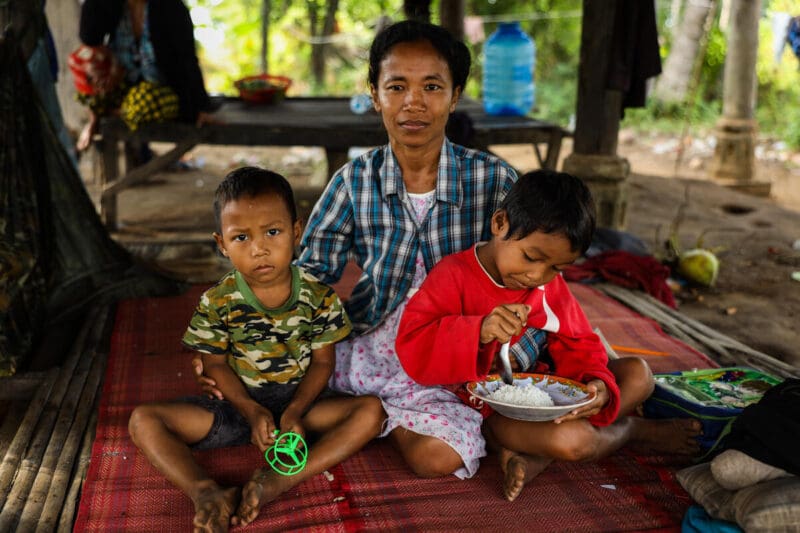
Legal Protections
On average, women have less than two-thirds of the legal protections that men have. In 18 countries, husbands can legally prevent their wives from working. There are no laws protecting women from domestic violence in over 30 countries.
Photo: WFP/Cesar Lopez
Gender Equality
Practices like childhood marriage have severe implications for women’s health, cut short their education, curb their potential and make them almost entirely dependent on men. Globally, 12 million girls are married before the age of 18 every year.
Photo: FAO/IFAD/WFP/Luis Tato
Cultural Traditions
In some countries, tradition simply dictates that women should eat last, after all the male members and children have been fed. At the same time, surveys in a wide range of countries have shown that 85-90% of the time spent on household food preparation is women’s time.
Photo: WFP/Saikat Mojumder





WFP Can Help…

Teach Women New Skills
Patience’s husband became violent with her when their family ran out of food. Now, because of the U.N. World Food Programme’s Food for Assets project, Patience is the primary breadwinner and her husband respects her.
Enroll Women In School
Alaa had no choice but to leave her home in Syria due to brutal violence. She works in a U.N. World Food Programme warehouse now along with hundreds of other displaced women and used the money to put herself through school.
Provide Women With Housing
Deborah and her children survived in a swamp for two months after fighters burned down their home. Today they’re safe, and the U.N. World Food Programme provides them with beans, flour and cooking oil.
We’re Feeding & Empowering Women
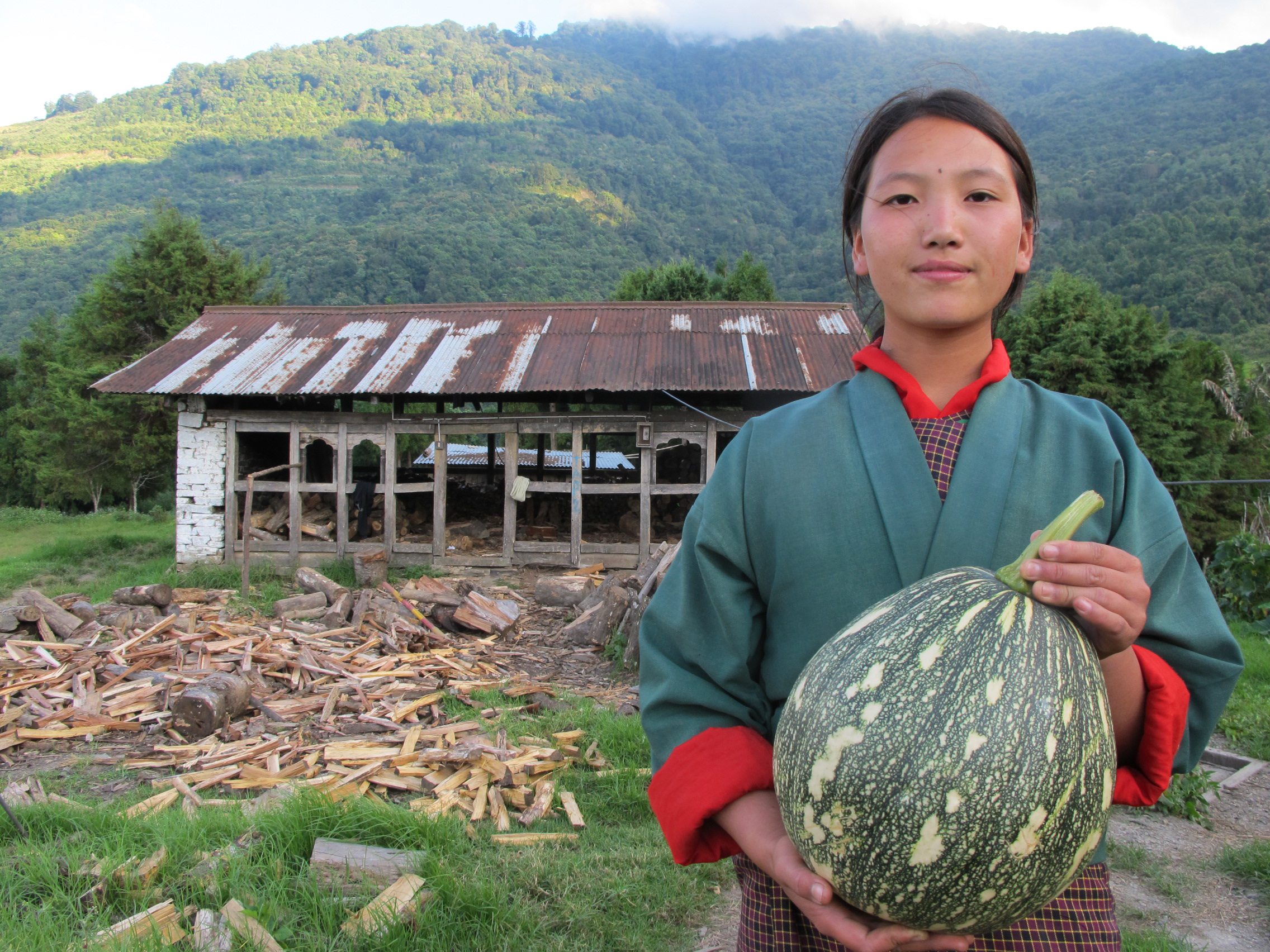
Nearly half of all small-scale farmers are women, yet they often lack basic resources like fertilizer and equipment. Our training and tools help women earn an income and become self-sufficient.

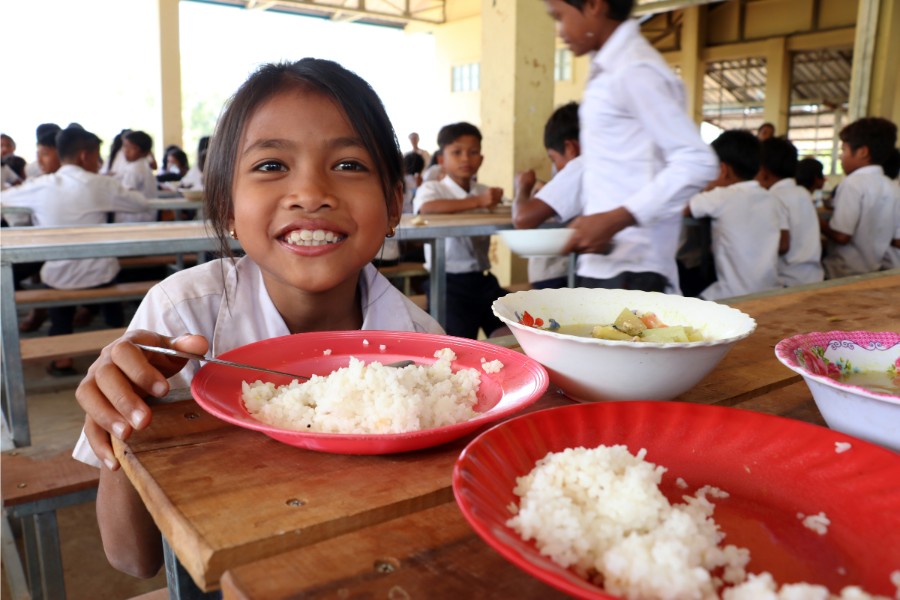
Struggling families often send boys to school, rather than girls. But WFP school meals help keep girls in the classroom, setting them up for a lifetime of success and good health.

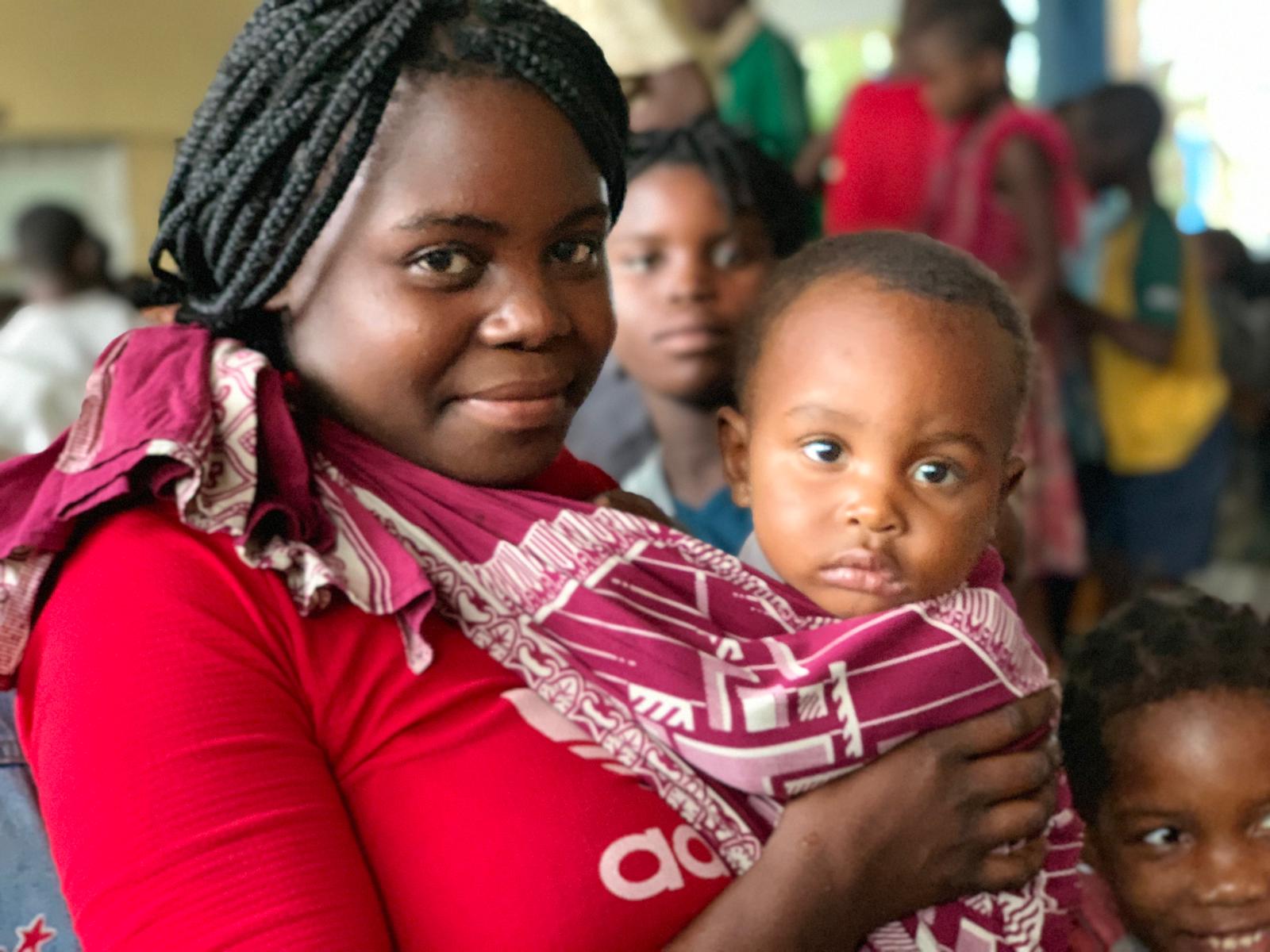
If babies don’t get the right nutrition during the first 1,000 days of life, it can cause irreversible damage. WFP uses special foods for infants and moms to make sure they survive this critical time.

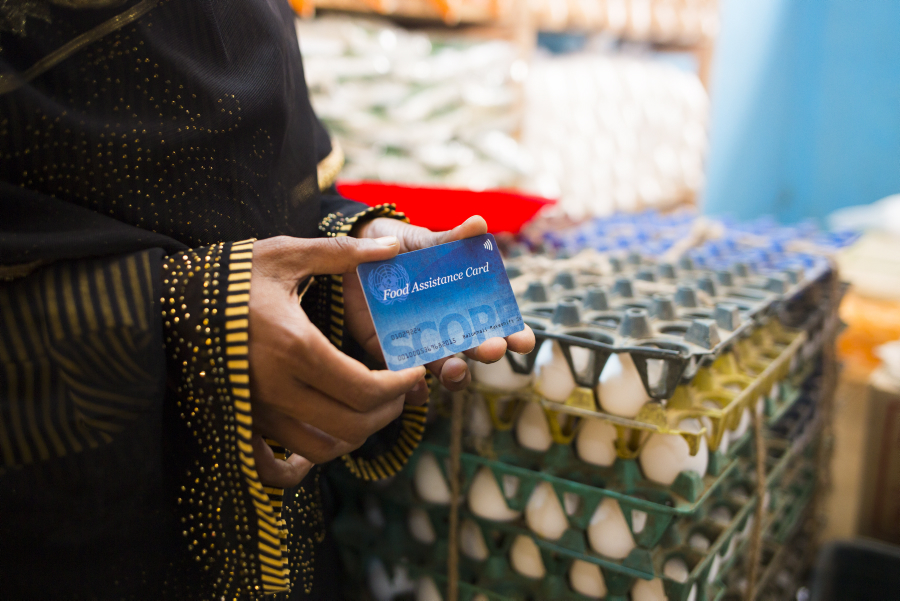
Women are often primary shoppers and cooks. WFP delivers e-cards that allow them to purchase groceries, so women in crisis can be reached faster and more efficiently.

Stories of Gender Inequality & Hunger
Read the latest updates on how gender inequality drives hunger.
Help Save LIves Today
Give to help deliver food to women and other vulnerable people in crisis situations.


